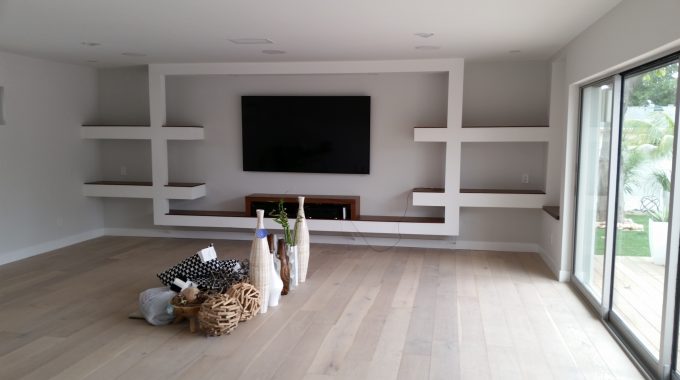Tips in Decorating with Indoor Plants
When it comes to home decorating, indoor plants can be considered one of the most inexpensive, earth-friendly and beautiful house décors. Plants are very versatile. You can use them to decorate any room including the living room, dining room, kitchen and bedroom. They can add color and life and can transform any room into a more cozy and comfortable place. Additionally, indoor plants can help purify your indoor air.
 Although decorating with indoor plants doesn’t really require expertise, following certain tips can help you effectively and efficiently make use of plants as house décor.
Although decorating with indoor plants doesn’t really require expertise, following certain tips can help you effectively and efficiently make use of plants as house décor.
Simple Tips in Decorating with Indoor Plants
1. Choosing your Plants
- Choose the type of plant that complements your existing decorating style. Excellent choices of interior plants include bamboo, ferns, bromeliad, palm, begonias, bonsai, geraniums and other leafy plants. For modern interiors, bamboos and palms are the best choices while ferns are perfect for traditional interiors.
- When choosing a plant, consider also the lighting requirements as well as maintenance requirements. Certain types of plants require more lighting while others can survive even with little amount of lighting. Plants that can survive with little light are those with dark green leaves. Generally, they also require little maintenance.
- Plants are available in different types, colors and textures. Some are also flowering while others are not. When you choose your plant, make sure that it can blend in with the existing decorating scheme of the room.
2. Plant Placement
There are certain areas in a room where you can put your plant:
- Empty Corners. A plant strategically placed in an empty corner in your living or dining room makes an excellent focal point. You can also place it in a corner behind a sofa for a cozier effect.
- Top of the Table. Plants also make a great accessory for your dining, coffee or entry tables. The size of the plants should match the size of the table. For smaller tables, you can use smaller plants like cactus or bonsai. For larger dining tables you can use larger plants such as bromeliad and many others.
- Wall. You can put special shelves on your wall for plants to add a touch of nature. Flowing plants and air plants are great choices for walls.
- Fireplace mantle. You can also decorate your fireplace mantle with a flowering plant to add color and life to your fireplace.
Other places where you can also strategically place indoor plants include window sills, hallways, room dividers and even on top of cabinets.
3. Plant Arrangement
- Plants are best arranged in odd numbers. Like one plant on the corner or on the table and three plants in the fireplace mantle if there is enough space. Generally, asymmetry in plant arrangement gives better and stunning effect.
- If you decide to put several plants in one place, always vary them in height. Putting plants of the same height together will just give a bushy and disorganized appearance.
- Additionally, be creative in your choice of pots for your indoor plants. Pots are available in a wide range of materials, colors, shapes and sizes. Experiment with different types of pots that best complement the plants that you decide to use as a decoration.
A wide variety of plants can be used as indoor decoration. By following the simple tips mentioned above, you will not only be able to create a relaxing and comfortable space for you and your family but you can also transform your home into a more beautiful place.

